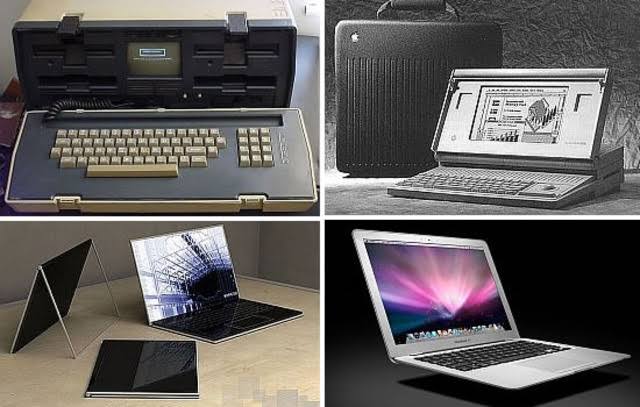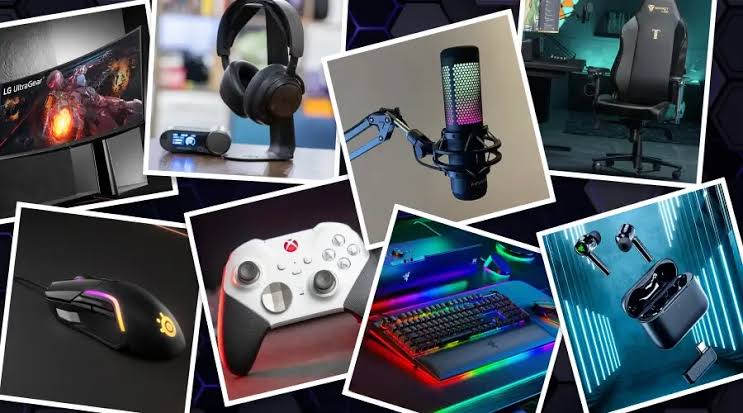In the last few decades, laptops have changed a lot. They started as big, heavy machines mainly for business use. Now, they are slim, light, and useful for professionals, artists, students, and everyday users. By July 2025, laptop design shows new technology and how people work, learn, and use digital tools while moving.
Today’s laptops emphasize portability, aesthetic appeal, energy efficiency, and multitasking capabilities. But the journey from the clunky computers of the early 1990s to today’s razor-thin ultrabooks and 2-in-1 devices has been shaped by significant shifts in materials, manufacturing, user expectations, and competition across the global tech ecosystem. This article explores the key milestones in the evolution of laptop design, offering insights into how far the technology has come and where it’s headed next.
The Early Years: Function Over Form
In the early 1980s and 1990s, laptops were considered a luxury or niche tool, largely used by business executives and government professionals. These early models, such as the Osborne 1 and IBM’s ThinkPad 700 series, were heavy—often exceeding 10 pounds—and came with small black-and-white screens, limited memory, and brief battery life. The main priority was function: delivering computing power that could be transported from one office to another.
Portability was relative, and using a laptop meant sacrificing performance, display quality, and comfort. Many early devices required external peripherals like floppy disk drives, serial ports, and bulky power adapters. The design aesthetics were utilitarian at best, with hard corners, thick plastic casings, and keyboards that felt more industrial than intuitive.
The Rise of Portability and Power Efficiency
As the 2000s began, significant improvements in mobile processors, batteries, and display technology allowed laptop manufacturers to shift their focus toward reducing weight and improving battery life. The introduction of lithium-ion batteries replaced older, heavier power sources and enabled longer usage between charges.
Apple’s launch of the MacBook line in the mid-2000s began influencing the industry heavily. Sleek aluminum bodies, minimalist design, and all-in-one functionality became desirable features. Windows-based competitors such as Dell’s XPS series and Lenovo’s ThinkPad T-series followed suit, adopting lighter materials and more compact hardware components.
The growing popularity of Wi-Fi, USB ports, and SSDs (solid-state drives) further enhanced laptop functionality while enabling designers to reduce bulk. Users could now enjoy faster boot times, smoother interfaces, and the ability to carry their machines easily from the classroom to the cafe.
The Ultrabook Era and Minimalism
By the early 2010s, Intel’s push for ultrabooks—a category of thin, high-performance laptops—accelerated the trend toward lightweight design and minimalism. These devices, typically less than 0.8 inches thick and weighing under 3 pounds, offered powerful processors, high-resolution displays, and energy-efficient components in elegant enclosures.
Touchscreen functionality, initially associated with smartphones and tablets, began finding its way into laptops as manufacturers introduced 2-in-1 hybrids like the Microsoft Surface Pro and Lenovo Yoga. These devices offered flexible hinges, stylus support, and detachable keyboards, blending the power of a laptop with the convenience of a tablet.
Design-wise, bezels around screens began to shrink, trackpads became more responsive, and backlit keyboards became standard. Laptops now looked more like design objects than industrial tools, reflecting the growing desire for personal and stylish tech that matched mobile lifestyles.
Modern Innovations: Performance Meets Portability
As of July 2025, the modern laptop is a marvel of engineering. The latest designs prioritize thinness and power without compromise. Many flagship models feature ultra-thin magnesium or carbon fiber bodies, OLED or Mini LED displays with near-borderless edges, and advanced thermal management systems that keep performance at peak levels while remaining quiet.
Apple’s M-series chips have redefined expectations for energy efficiency and performance, prompting competitors like Qualcomm and Intel to develop similarly integrated architectures. These system-on-chip (SoC) designs allow laptops to stay cool, run longer, and offer incredible speeds even without fans.
Modern laptops also embrace sustainability, with companies incorporating recycled materials and modular components to reduce environmental impact. Some 2025 models come with replaceable batteries, biodegradable casings, and software that optimizes energy use based on user habits.
Connectivity has also advanced. Thunderbolt 4, USB-C, Wi-Fi 7, and 5G are now common features, allowing users to connect faster and more securely than ever. Port variety is more streamlined but still powerful, supporting high-speed data transfer, external displays, and device charging through a single port.
Ergonomics, Display, and User Experience
Another important aspect of the evolution of laptop design is the emphasis on user comfort and interaction. As remote work and digital nomadism have expanded, manufacturers have prioritized ergonomics in their laptop models. Higher screen refresh rates, anti-glare coatings, and low-blue-light displays now reduce eye strain during prolonged use.
Keyboards have improved with better spacing, travel, and tactile feedback, while haptic feedback in touchpads creates a more intuitive user experience. Foldable screens, introduced in recent years, are beginning to gain traction as high-end laptops integrate flexible OLED technology to create compact, multi-functional devices.
AI-driven enhancements are also reshaping the user experience. Features such as voice assistants, adaptive brightness, face recognition, and background noise suppression cater to the needs of professionals, students, and creatives who require seamless interaction with their machines.
Future Trends in Laptop Design
Looking ahead beyond 2025, the future of laptop design points toward even greater integration with AI, cloud computing, and wearable devices. Experts anticipate that laptops will become smarter at anticipating user behavior, allocating processing power dynamically, and supporting modular accessories that customize the computing experience.
Sustainability will continue to drive innovation, with more manufacturers adopting circular design principles and offering extended repairability. Wireless charging pads, solar-powered enhancements, and biodegradable materials may soon become common.
Additionally, as AR and VR technologies mature, future laptops may feature built-in spatial computing capabilities or act as hubs for augmented workspace environments. The traditional clamshell form factor may evolve into foldable or rollable screens that offer new possibilities for work and entertainment.
Final Thoughts
The evolution of laptop design from bulky, utilitarian machines to sleek, portable, and powerful devices mirrors the rapid advancement of digital lifestyles. In just a few decades, laptops have transitioned from tools of necessity to objects of personal style and productivity, adapting to the growing demand for mobility, performance, and sustainability.
As of July 2025, laptops are not just more powerful—they are more intuitive, more personal, and more adaptable to the diverse ways people live and work. With innovations continuing at a rapid pace, the next chapter in laptop design is likely to be even more transformative, pushing the boundaries of what portable computing can look and feel like in the future.



